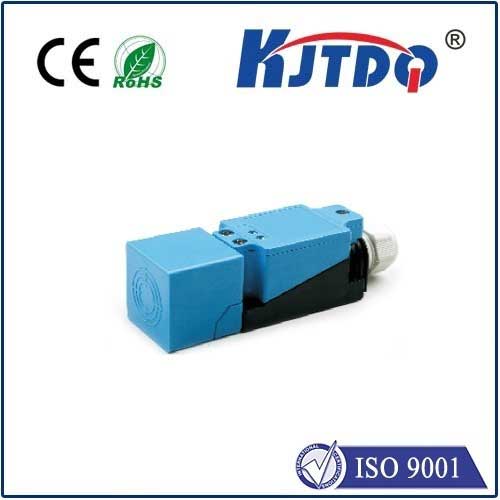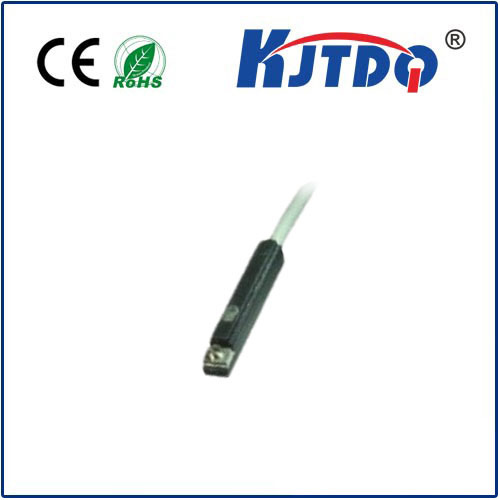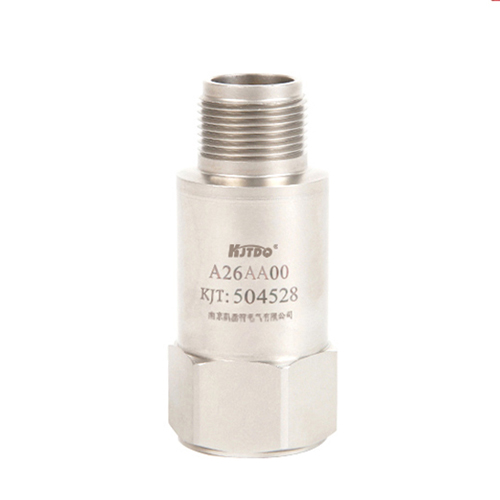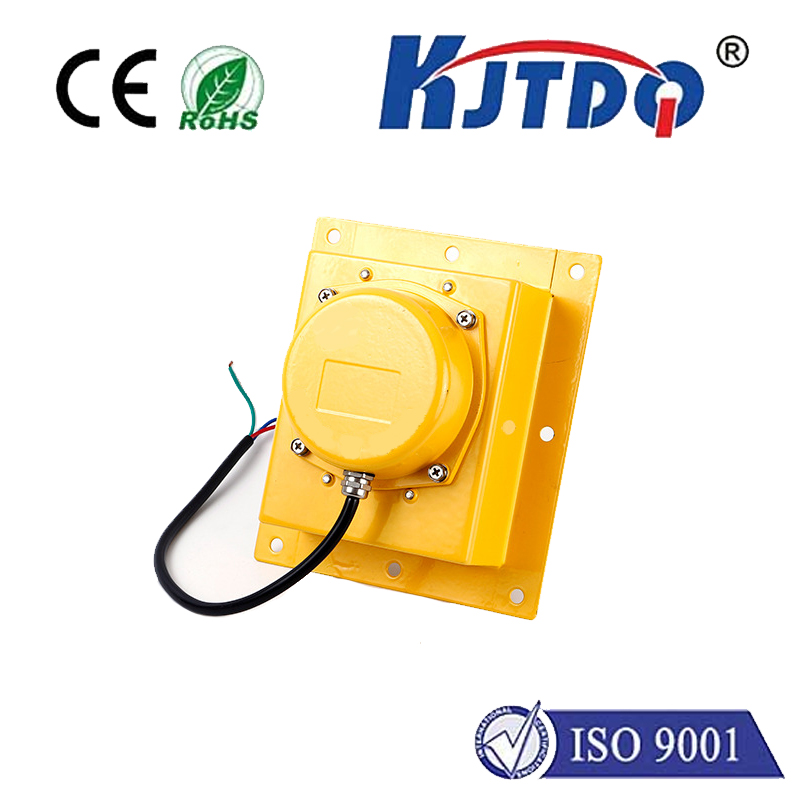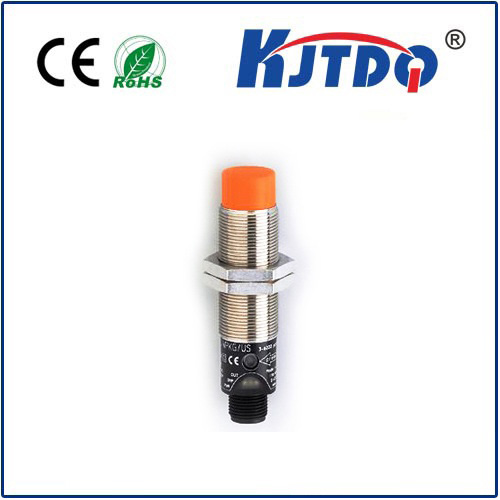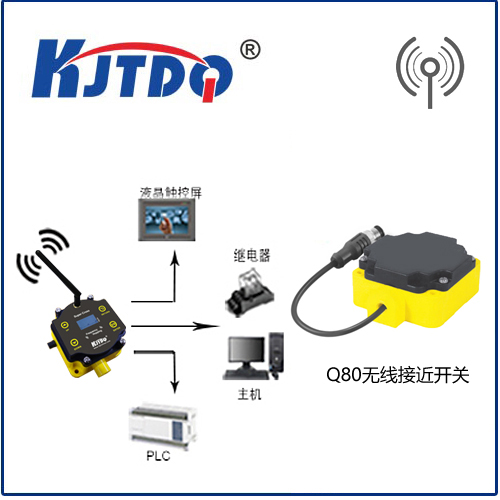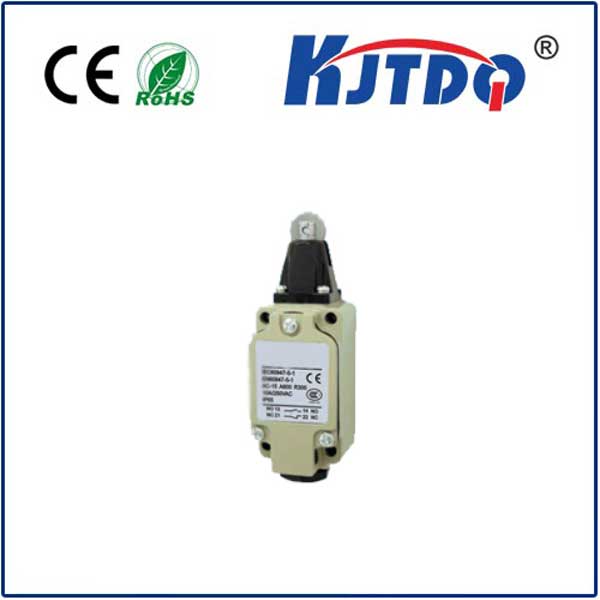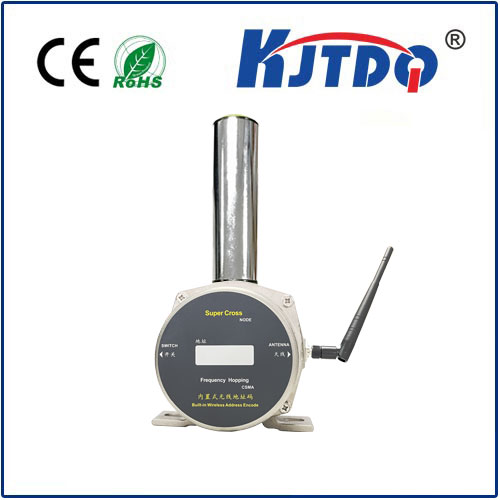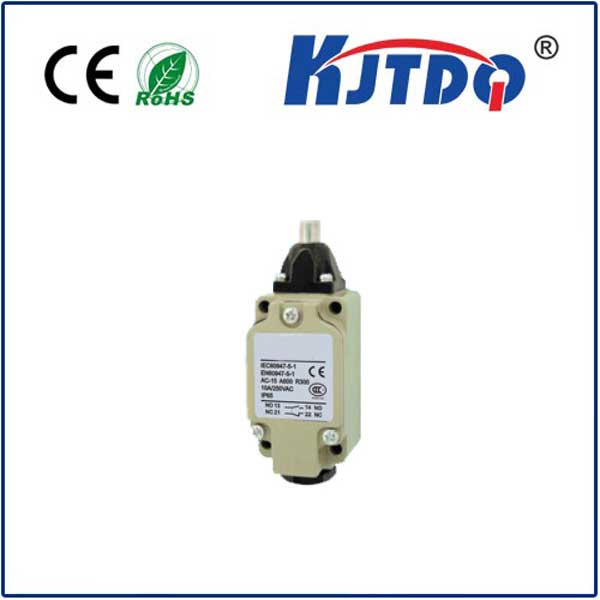E3Z-LR61 2M background suppression sensor
- time:2025-09-28 05:01:01
- Click:0
E3Z-LR61 2M: Mastering Long-Range Detection with Unwavering Precision
Imagine a factory floor scenario: high shelves stacked with varying-sized boxes, automated guided vehicles navigating tight aisles, or large packages moving on a conveyor system near reflective metallic walls. Standard photoelectric sensors often falter here. They might detect the conveyor belt instead of the package, mistake the shelf background for the target object, or simply lack the reach needed for safety zones or tall storage. Precision sensing at a distance, resistant to confusing backgrounds, isn’t just desirable—it’s often critical for safety and efficiency. This is the exact challenge that Omron’s E3Z-LR61 2M Background Suppression Photoelectric Sensor is engineered to conquer. Combining an impressive 2-meter sensing range with sophisticated background suppression technology, this sensor delivers reliable object detection where others struggle.
Decoding Background Suppression: Seeing Only What Matters
Unlike simple proximity sensors or diffuse-reflective photoelectric sensors that react to any object within their field of view, background suppression (BGS) sensors possess an inherent intelligence. They distinguish the target object from the environment behind it. The “background” refers to any surface or object positioned beyond the intended detection point. The E3Z-LR61 achieves this critical differentiation through a triangulation principle:
- Emitter: An infrared LED emits a focused beam of light towards the potential target area.
- Receiver Array: Instead of a single receiver, a specialized array is used. The position where the reflected light spot hits the receiver array depends on the distance of the reflecting surface.
- Distance Analysis: The sensor’s internal circuitry continuously analyzes the angle of the reflected light using the known positions of the emitter and receiver array elements. It precisely calculates the distance to the object reflecting the beam.
- Selective Detection: The user sets a specific detection range (the “suppression distance”) via a potentiometer or teach-in function. The sensor only triggers its output when an object is detected within this pre-set distance zone. Objects beyond this distance, even strong reflectors like white walls or metal structures, are electronically “suppressed” or ignored. This immunity to background interference is the sensor’s defining superpower.
The E3Z-LR61 2M Advantage: Power, Precision, and Practicality

The specification “2M” underscores a key strength: a substantial 2-meter sensing range. This extended reach opens up applications impossible for shorter-range sensors, such as detecting pallets on high racks, triggering safety light curtains from a safer distance, or monitoring entry points across wider aisles. But range alone isn’t enough without reliability. The E3Z-LR61 2M enhances its core BGS functionality with features designed for robust performance in demanding industrial settings:
- Exceptional Immunity: Highly resistant to both interfering ambient light and background reflections, ensuring stable operation near shiny surfaces, machinery, or varying backgrounds. This significantly reduces false triggers and costly downtime.
- Precision Focusing: A sharply focused beam minimizes the chance of detecting unintended objects adjacent to the target path, enhancing positional accuracy.
- Stability Through Variation: Performs consistently even if the target object color, material, or surface finish changes, thanks to the distance-based detection principle rather than reflectance intensity.
- IP67 Protection: A rugged housing provides defense against dust ingress and water jets, making it suitable for harsh production lines, washdown areas (with appropriate cleaning), and warehouse environments.
- Simplified Setup: Many models feature an intuitive teach-in function for effortless setting of the suppression distance. A clear indicator LED facilitates alignment and diagnostics.
- Reliable Output: Available in Light-ON or Dark-ON operation modes and featuring dependable NPN or PNP output configurations to interface seamlessly with most PLCs and controllers.
Why Choose Background Suppression Over Other Types?
Understanding where BGS sensors like the E3Z-LR61 2M excel clarifies their best applications compared to alternatives:
- vs. Diffuse Reflective Sensors: Standard diffuse sensors detect any object reflecting sufficient light back. They are highly susceptible to false triggers from background objects or changes in target reflectance. BGS sensors eliminate the background variable.
- vs. Retro-Reflective Sensors: While excellent for long ranges, retro-reflective sensors require a reflector opposite the emitter. If the background is reflective or installing a reflector is impractical (like for object presence detection on a conveyor near a wall), retro-reflective sensors fail. BGS sensors provide the range without needing a separate reflector.
- vs. Through-Beam Sensors: Though offering the longest range and highest reliability, through-beam setups require precise alignment of separate emitter and receiver units across the detection path. This isn’t feasible when space is constrained or mounting on only one side is possible. BGS sensors achieve far superior background discrimination to diffuse types and offer single-unit convenience rivaling through-beam range in many cases.
E3Z-LR61 2M: Shining in Real-World Applications
The combination of 2-meter range and robust background suppression makes the E3Z-LR61 2M exceptionally versatile:
- Packaging & Material Handling: Detecting boxes, cartons, or products on high-speed conveyors, even if the conveyor belt is dark or ambient light fluctuates. It reliably ignores belts, rollers, or machinery in the background. Perfect for package counting, jam detection, and presence/absence verification.
- Warehousing & Logistics: Accurate pallet detection on high shelves or automated storage/retrieval systems (AS/RS). Ensures AGVs/AMRs navigate aisles safely and stop precisely at loading bays. Detects objects at chute exits or dock doors.
- Automotive Manufacturing: Monitoring large vehicle bodies or components on assembly lines. Detecting the presence of engines or transmissions on fixtures without being fooled by the moving line structure beneath.
- Bulk Material Handling: Sensing the presence of sacks, drums, or large irregularly shaped objects on conveyors or at filling stations.
- Machine Safety Applications: Providing presence detection for safety guarding where long-range triggering is needed before personnel enter a hazardous zone, complementing light curtains.
- Printing & Paper Processing: Detecting web breaks or monitoring large paper rolls on unwinders/rewinders, ignoring the machine frame behind.
Optimizing E3Z-LR61 2M Performance: Key Tips
- Mounting Angle: Mount the sensor perpendicular to the target surface whenever possible. Angled mounting can reduce effective range and detection stability.
- Background Distance: Ensure the actual background surface is positioned beyond the suppression distance you set. If the background is too close, it might fall within the detection zone. Setting the suppression distance correctly is crucial.
- Target Surface: While less sensitive to color changes than diffuse sensors, extremely dark or low-reflectance (near-black) matte surfaces can sometimes pose a challenge near the maximum 2M range. Testing the specific target is recommended for critical applications.
- Ambient Light: Although resistant, avoid pointing the sensor directly at strong light sources like sunlight or unshrouded high-intensity lamps.
- Setting the Distance: Utilize the teach-in function meticulously. Trigger it using the actual target object positioned at the exact point you want detection to occur. This programs the suppression distance optimally.
In environments demanding reliable detection over substantial distances where backgrounds are complex or variable, the E3Z-LR61 2M Background Suppression Sensor proves indispensable. Its sophisticated blend of long-range capability (2M) and intelligent background suppression technology delivers a level of precision and immunity that diffuse sensors cannot match and rivals the convenience of through-beam setups for single-sided mounting. **For engineers and system integrators tackling challenging






